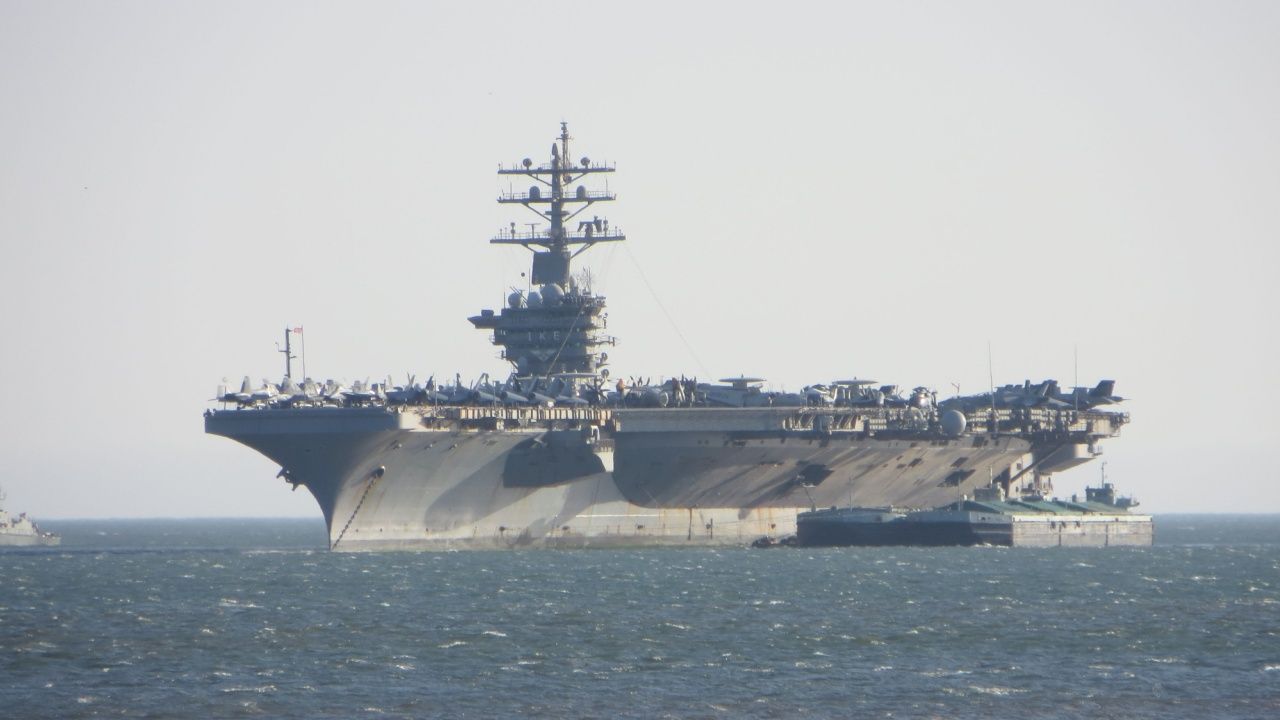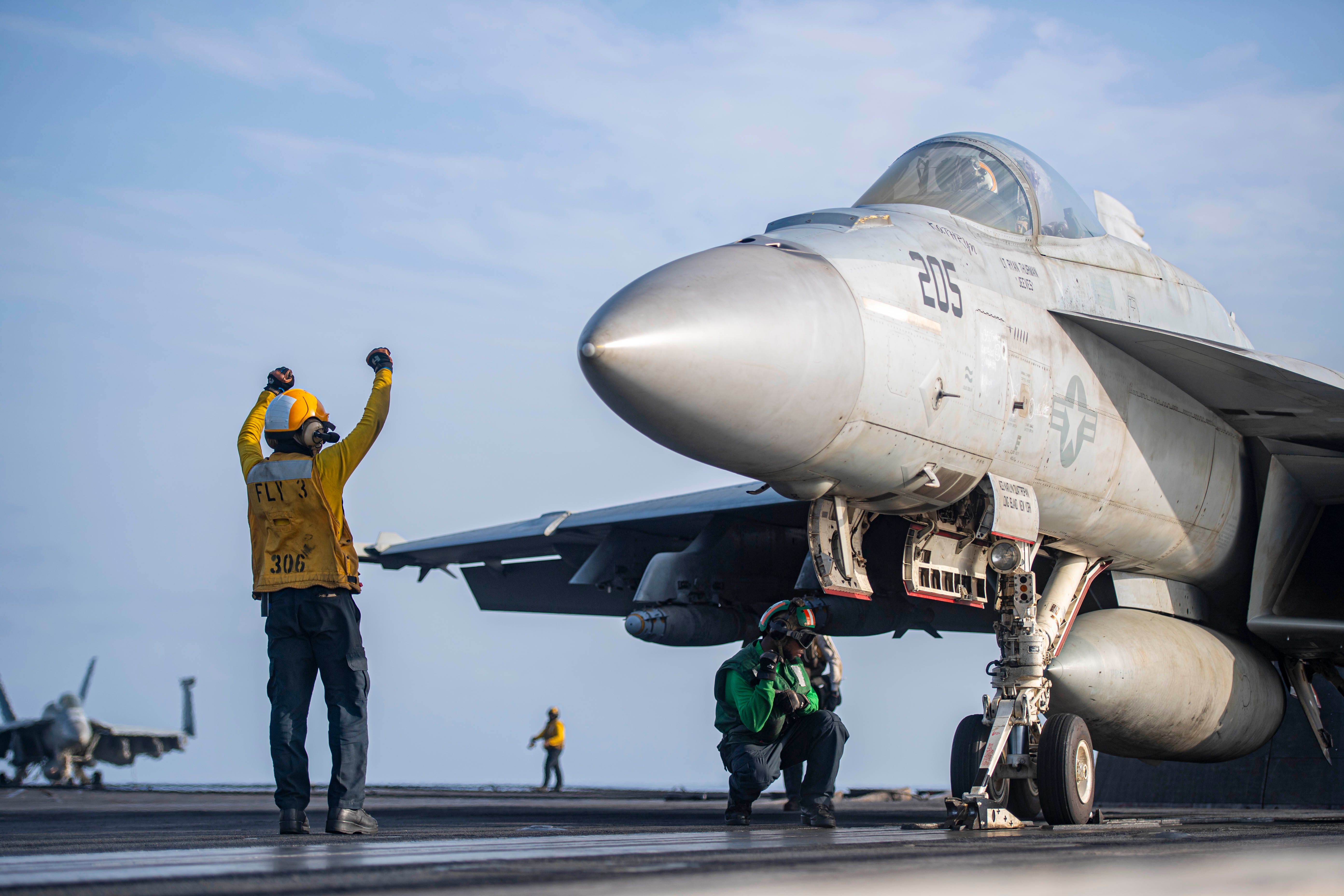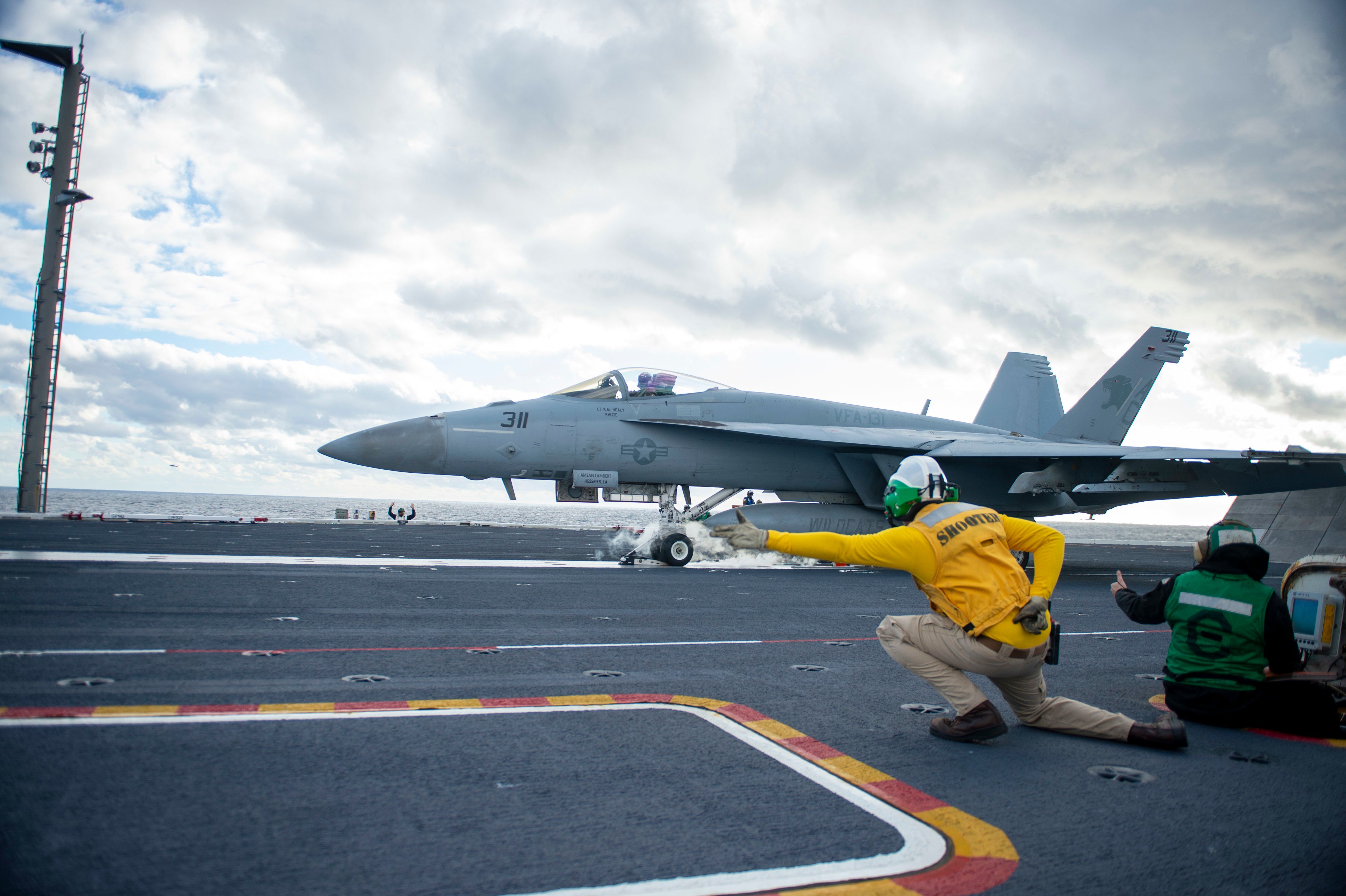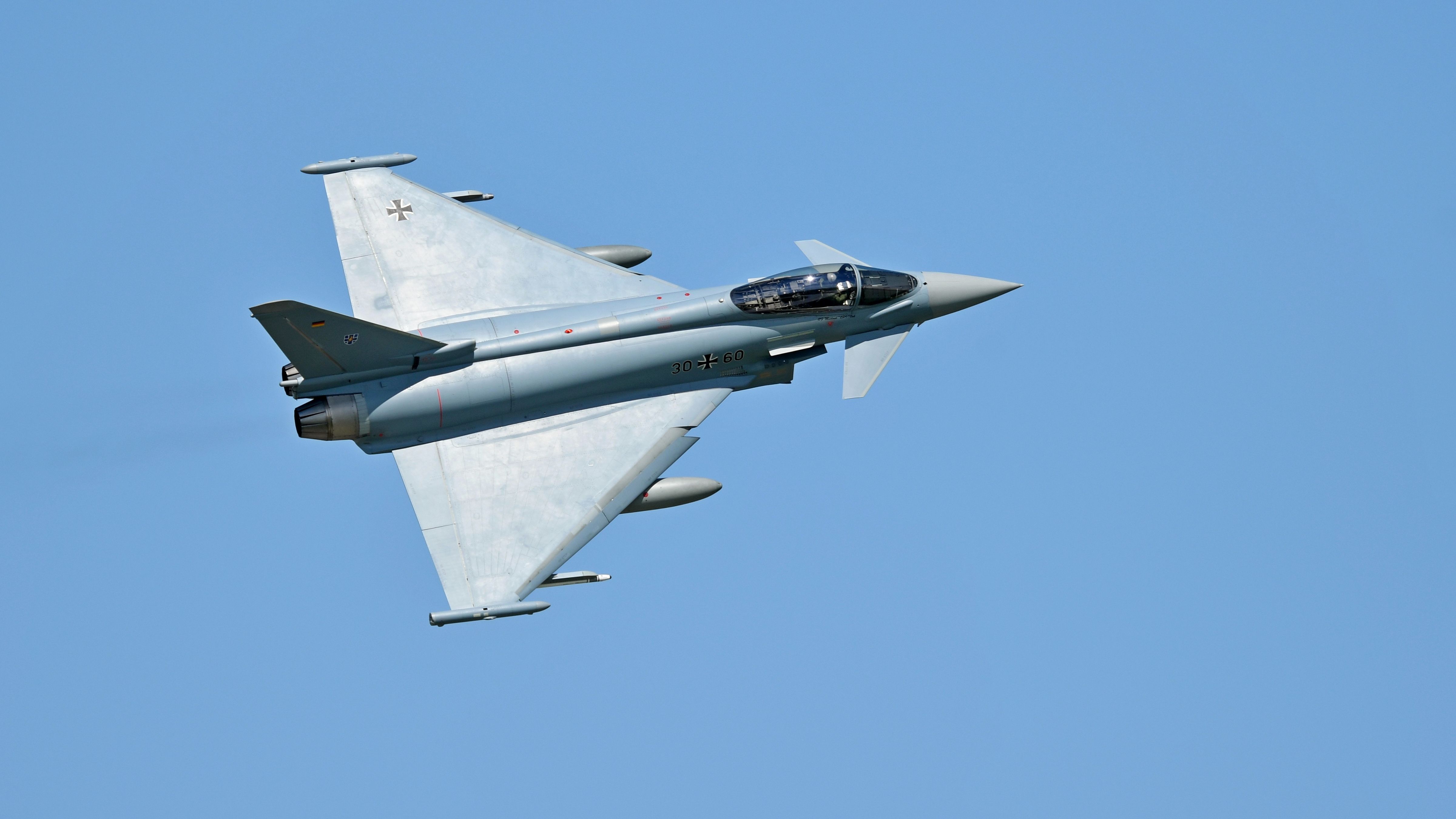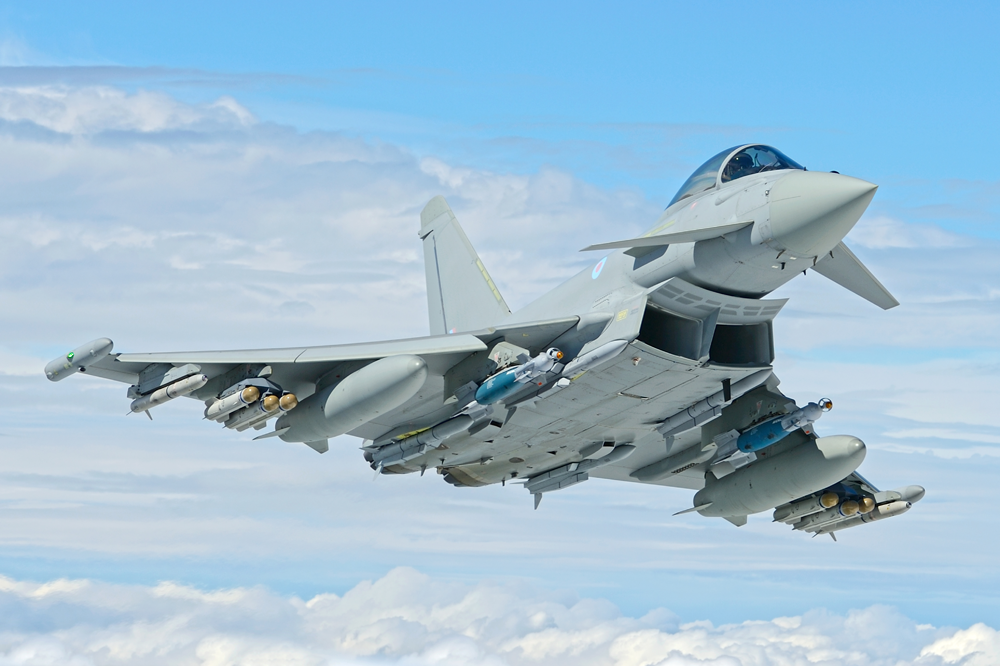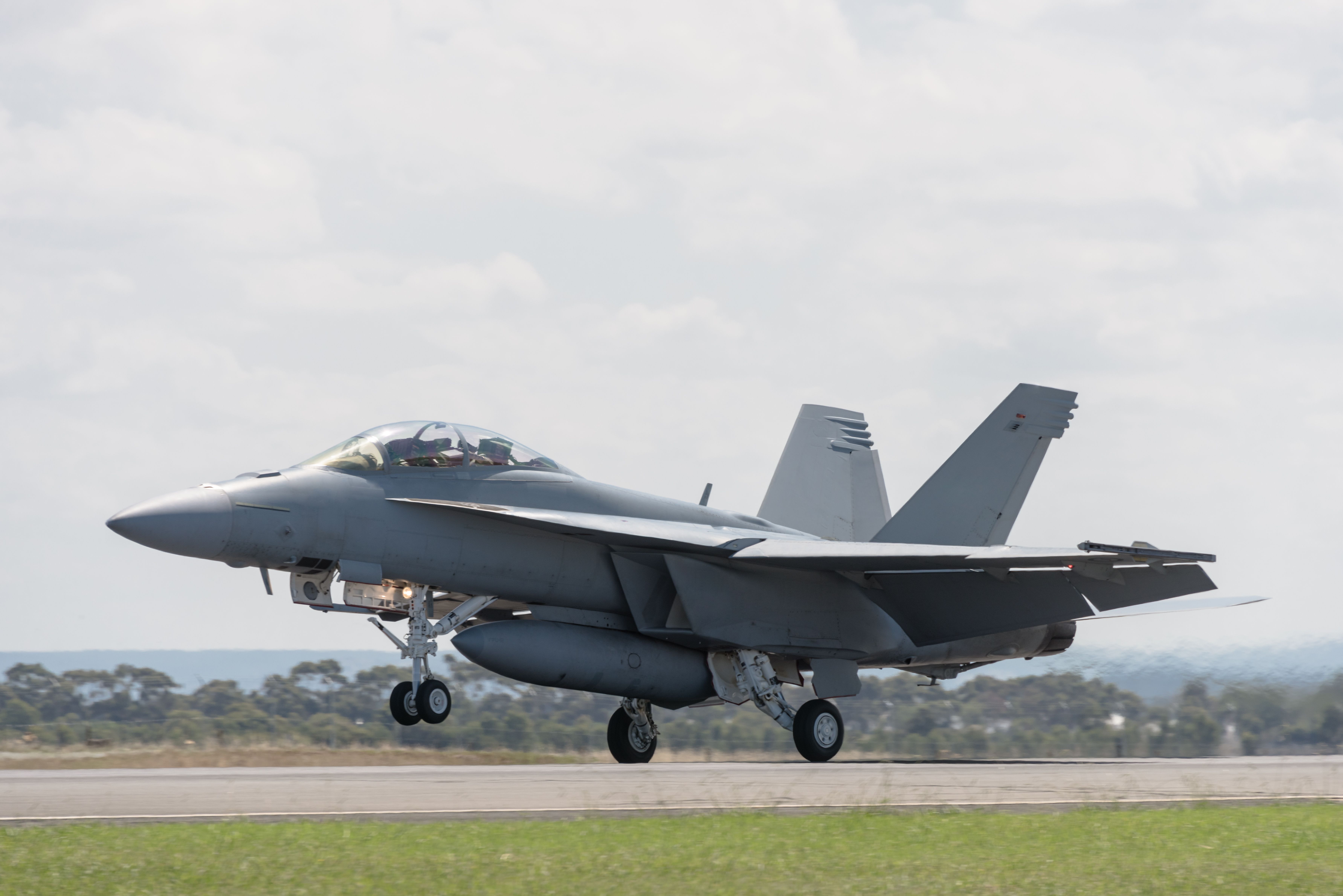Summary
- Houthis reportedly attacked US carrier Eisenhower in Red Sea as retaliation for recent Anglo-American strikes.
- Improved tension between Houthi rebels, the US and UK due to alleged attacks and escalation of military strikes in Yemen.
- The Yemen war involves complicated historical context, religious division and Houthis’ opposition to Israel.
Houthi rebels in Yemen reportedly launched missile attacks at the US aircraft carrier USS Dwight D. Eisenhower in the Red Sea. As of the time of writing, the US DoD has not confirmed these claims by the Houthis. Carriers never travel alone (and especially in a conflict zone) and are heavily protected by the rest of the task force. The claimed strike comes as retaliation for renewed Anglo-American strikes on Houthi targets within Yemen. The British stated the strikes were carried out by Typhoon fighter jets, while the Americans likely used F/A-18 jets.
Houthis reportedly attack US carrier
Houthi rebels in Yemen have claimed to have launched a missile attack on the US Nimtz-class carrier, USS Dwight D. Eisenhower (CVN-69), in the Red Sea. Newsweek stated, “Houthi military spokesperson Yahya Saree stated in a televised announcement that the missile attack was a direct response to the coalition’s recent operations in Yemen.” He claimed that several missiles and rockets reached their target and scored a “precise hit.” This claim should be taken with skepticism for now.
Photo: USN
The Houthi military spokesperson Yahya Saree also claimed that the Anglo-American strikes killed 16 people and wounded another 41, including civilians. These claims have not been independently verified. Saree went on to say that the strikes targeted a port, a radio building, the Ghalifa camp, and two houses. The British have said that “utmost” care was been taken to avoid civilian causalities.
The Eisenhower (Ike) has been involved in operations in the Red Sea – including against the Houthis – since January. USNI News previously reported in April that Ike has shot down Houthi missiles and drones.
The Eisenhower is one of the US Navy’s older carriers having been commissioned in 1977. She is the second of the ten Nimitz-class carriers. During her career, she has participated in the Gulf War and American operations in Iraq, Afghanistan, and Yemen. So far, she has not been certified to operate F-35Cs (and so she carries F/A-18s). She is currently scheduled to be decommissioned in 2029, although this might be pushed back.
Photo: Lawrence Reid US Navy
Ike’s website states the carrier is the flagship for Commander, Carrier Strike Group (CCSG) 2 and is the “Navy’s finest 5-star aircraft carrier.” It also states the vessel provides a “wide range of flexible mission capabilities, includingmaritime security operations, expeditionary power projection, forward naval presence, crisis response, sea control, deterrence, counter-terrorism, information operations, security cooperation and counter-proliferation.
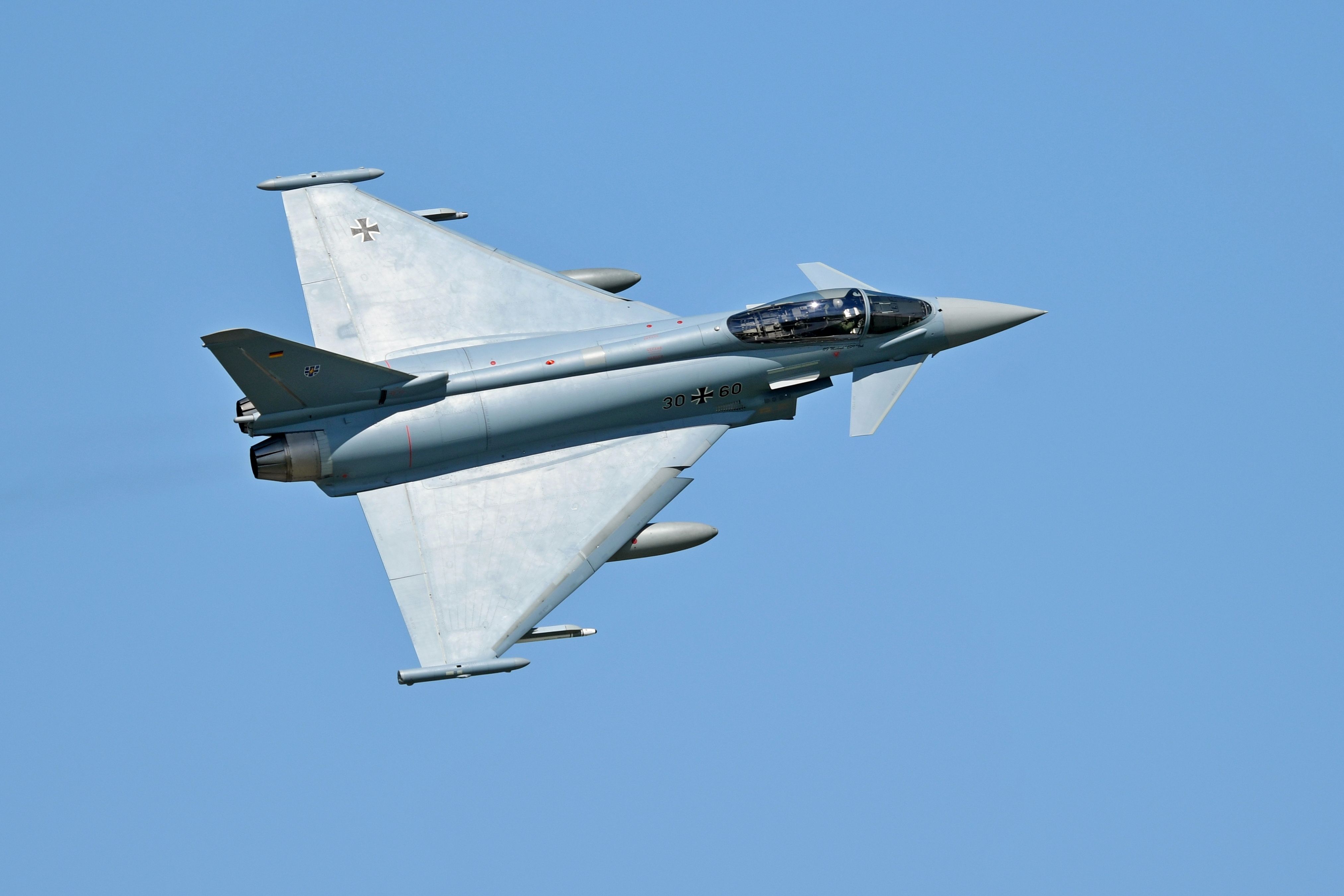
Related
30 Years: The Eurofighter Typhoon’s Growth Since Maiden Flight
The fighter is expected to remain in service until the 2050s.
More Anglo-American strikes on the Houthis
The United States and the United Kingdom have launched a new wave of attacks on Houthis in the northern provinces of Sanaa, Hodeidah, and Taiz. The US Central Command stated the two nations hit 13 targets in Houthi-controlled areas of Yemen.
Photo: perfect-picture-hunter | Shutterstock
The Americans and British have stated the strikes are to deter the rebel group from further attacking civilian shipping in the Red Sea.
“Overnight, Royal Air Force Typhoons conducted a fifth wave of strikes against Houthi military targets in Yemen in order to further degrade their capabilities and help prevent further attacks on international shipping.” – British Ministry of Defense
The British released a statement saying the UK participated in a joint operation with US forces against Houthi military facilities to “degrade their ability to persist with their attacks on international shipping in the Red Sea and Gulf of Aden.” The British MoD further stated these attacks had killed innocent merchant mariners from Vietnam and the Philippines and sunk the bulk carrier Rubymar.
“Between approximately 3:15 and 5 p.m. (Sanaa time) on May 30, U.S. Central Command (USCENTCOM) forces successfully destroyed eight uncrewed aerial vehicles (UAV) in Iranian-backed Houthi controlled areas of Yemen and over the Red Sea.” – USCENTCOM
Photo: Jamie Hunter | Royal Air Force
The report said that intelligence had confirmed locations housing drone ground control facilities, storage for very long-range drones, and surface-to-air weapons.
The British strikes were conducted by Royal Air Force Typhoon FGR4s. The Typhoons used Paveway IV-guided bombs and were refueled by RAF Voyager tankers.
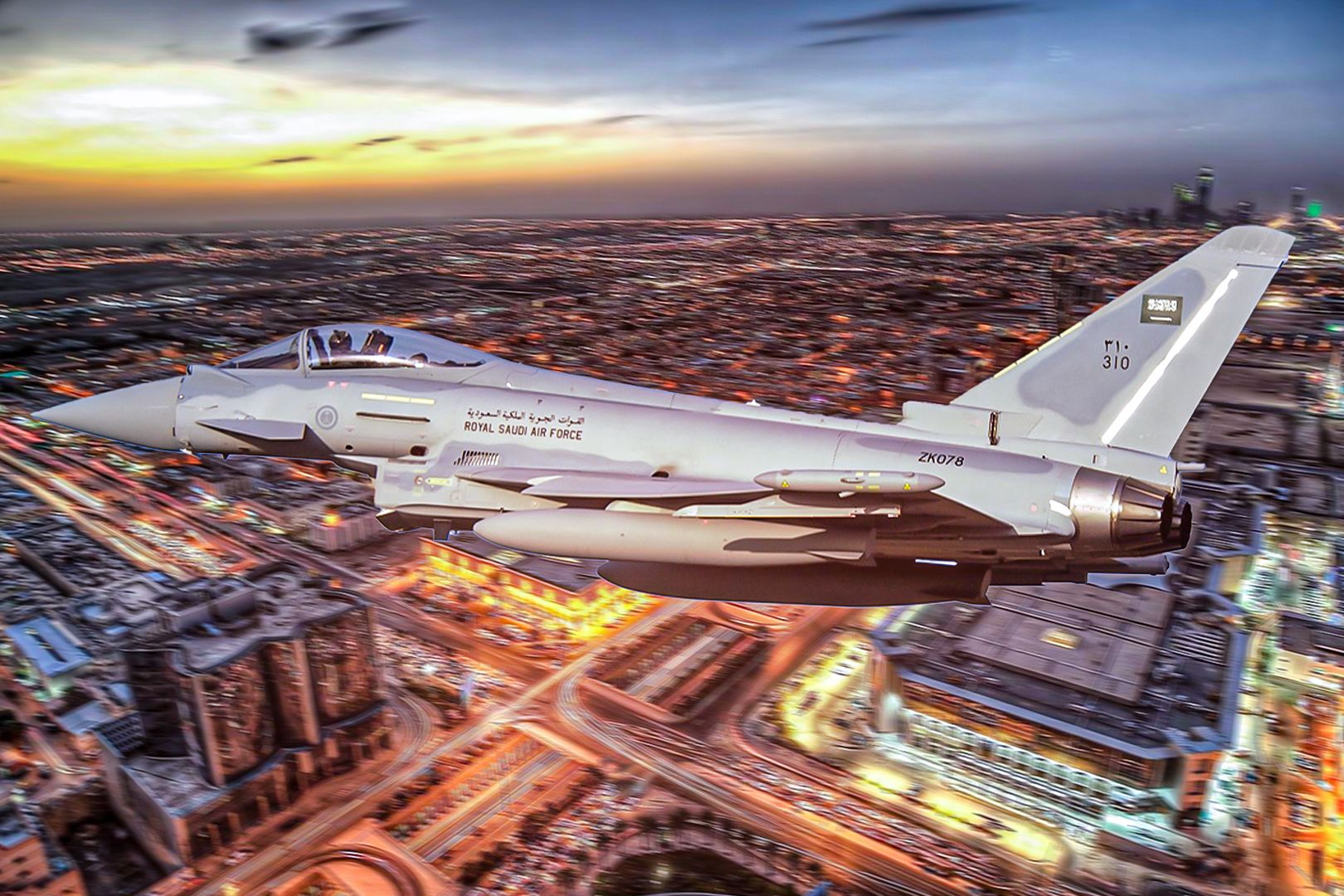
Related
What Are The Combat Capabilities Of The Royal Saudi Air Force?
Saudi Arabia has been fighting the Houthi menace since 2015. Simple Flying now examines the combat capabilities of the Royal Saudi Air Force (RSAF).
The Houthis & the failed Yemen state
Yemen is a complicated Arab nation in the southern corner of the Arabian Peninsula. It overlooks the vital Red Sea lanes, meaning many of the world’s freighters pass close to Yemen. With a population of around 35 million, it is the most populous country on the peninsula. The country is religiously divided between the Shia Muslim Houthis and the Sunni majority south. Between 1962 and 1990, much of what is now controlled by the Houthi rebels was an independent country called North Yemen.
Photo: Peterfz30/Shutterstock
In 1990, North Yemen united with South Yemen to form the modern Republic of Yemen. However, following ongoing political instability since the Arab Spring of 2011, Yemen collapsed into civil war in 2015. Since then, the country has been de facto split between North and South Yemen again.
The Houthis (allied with Iran) are deeply opposed to the State of Israel and the ongoing war in Gaza. They say their attacks on international shipping are targeting Israel-affiliated ships and are in solidarity with Gaza.

